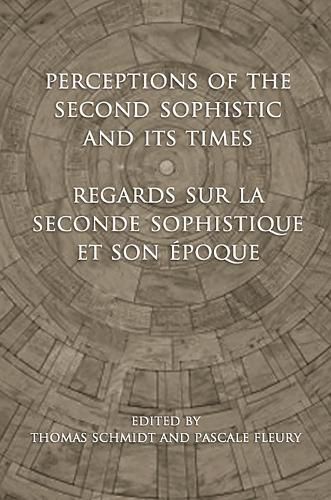Readings Newsletter
Become a Readings Member to make your shopping experience even easier.
Sign in or sign up for free!
You’re not far away from qualifying for FREE standard shipping within Australia
You’ve qualified for FREE standard shipping within Australia
The cart is loading…






The Second Sophistic (50 to 250 BCE) was an intellectual movement throughout the ancient Greek and Roman world. Although it can be characterized as a literary and cultural phenomenon of which rhetoric is an essential component, other themes and values such as peideia, mimesis, the glorification of the past, the importance of Athens, and Greek identity pervade the literature and art of this era.
From a workshop held at Universite Laval, Perceptions of the Second Sophistic and its Times brings together fourteen essays and a range of perspectives, including work from scholars in literature, philology, linguistics, history, political science, sociology, and religion. The essays explore the Second Sophistic and describe how the intellectual elites of this period perceived and defined themselves, how they were judged by later authors, and how we understand them today.
$9.00 standard shipping within Australia
FREE standard shipping within Australia for orders over $100.00
Express & International shipping calculated at checkout
The Second Sophistic (50 to 250 BCE) was an intellectual movement throughout the ancient Greek and Roman world. Although it can be characterized as a literary and cultural phenomenon of which rhetoric is an essential component, other themes and values such as peideia, mimesis, the glorification of the past, the importance of Athens, and Greek identity pervade the literature and art of this era.
From a workshop held at Universite Laval, Perceptions of the Second Sophistic and its Times brings together fourteen essays and a range of perspectives, including work from scholars in literature, philology, linguistics, history, political science, sociology, and religion. The essays explore the Second Sophistic and describe how the intellectual elites of this period perceived and defined themselves, how they were judged by later authors, and how we understand them today.